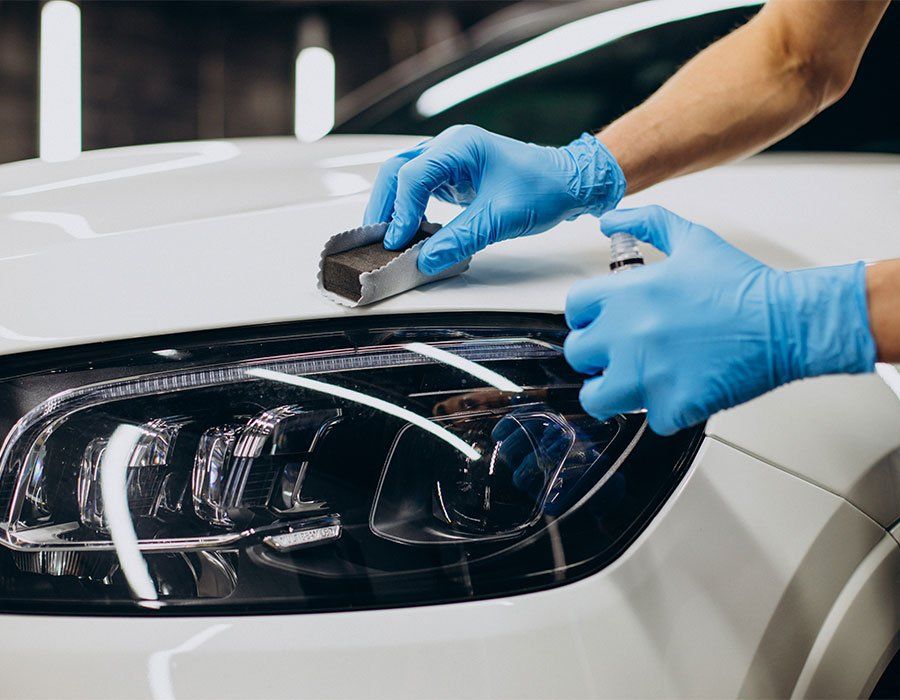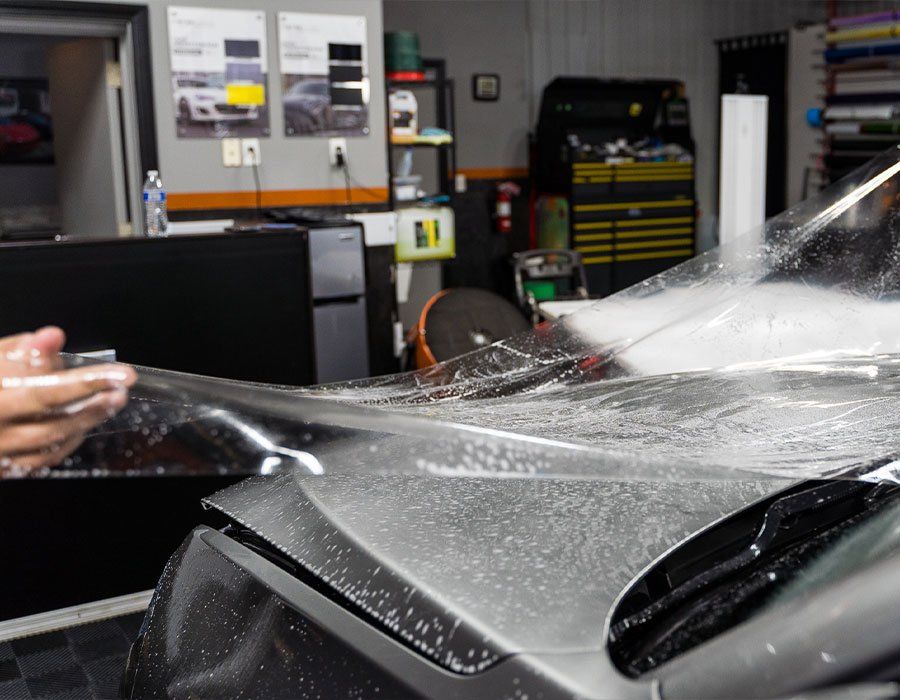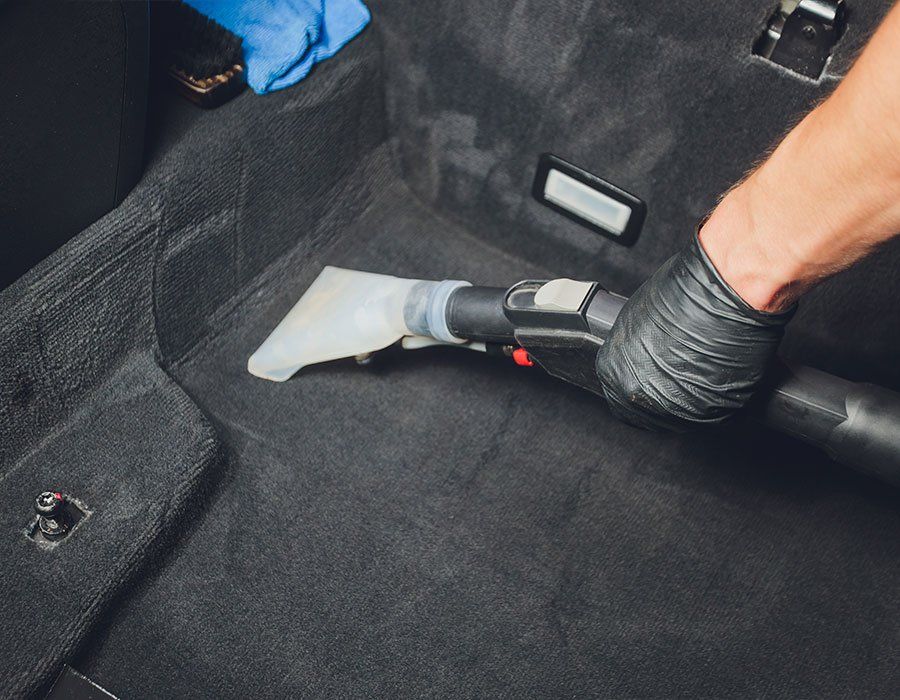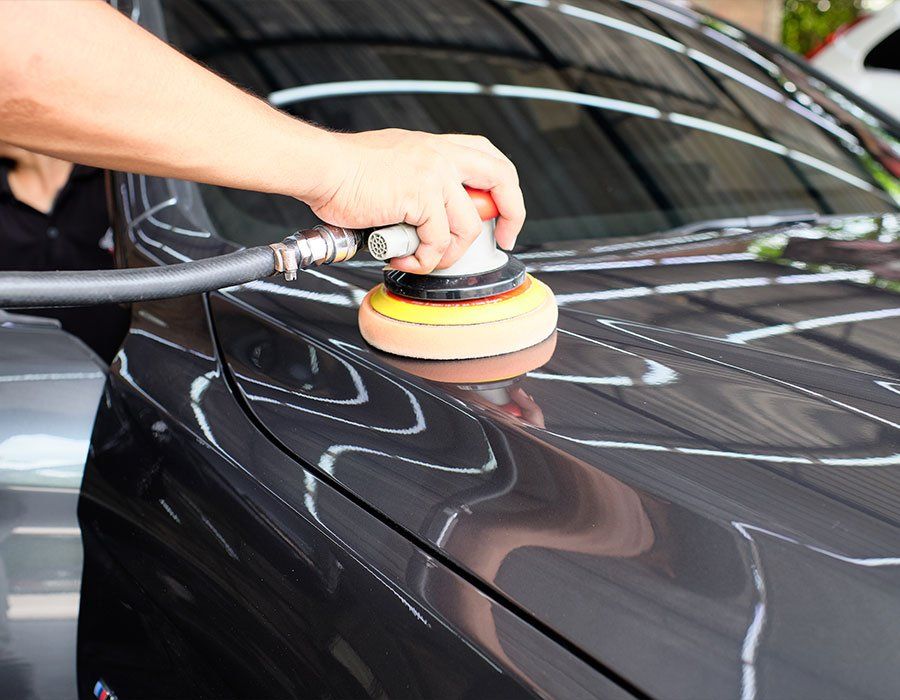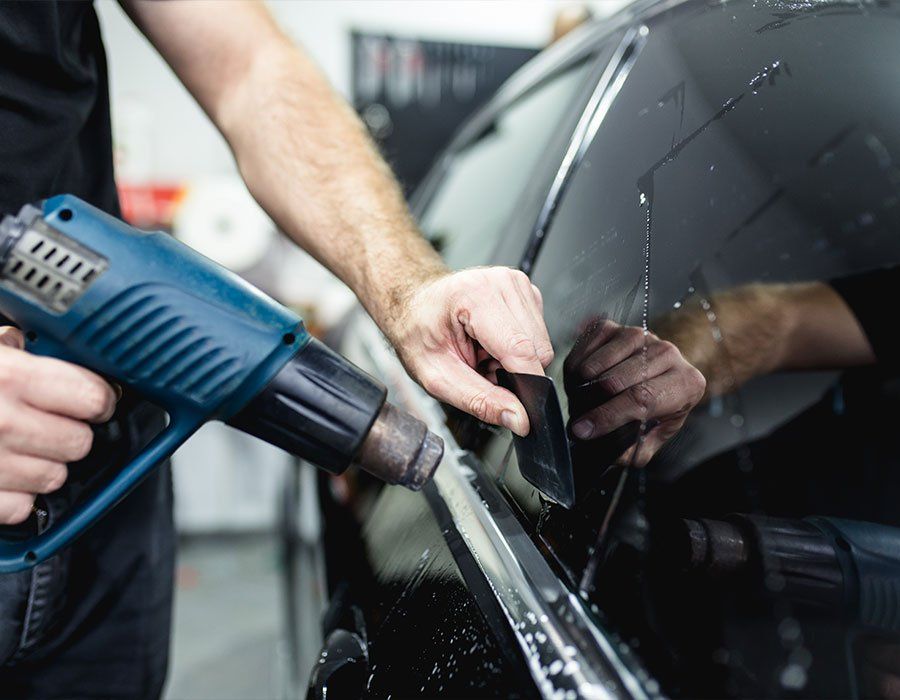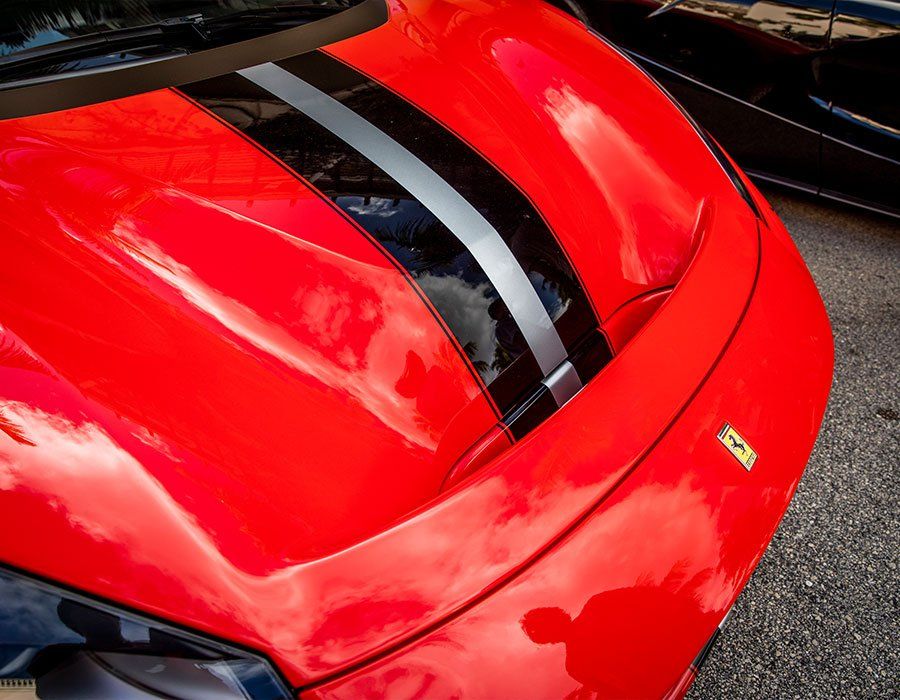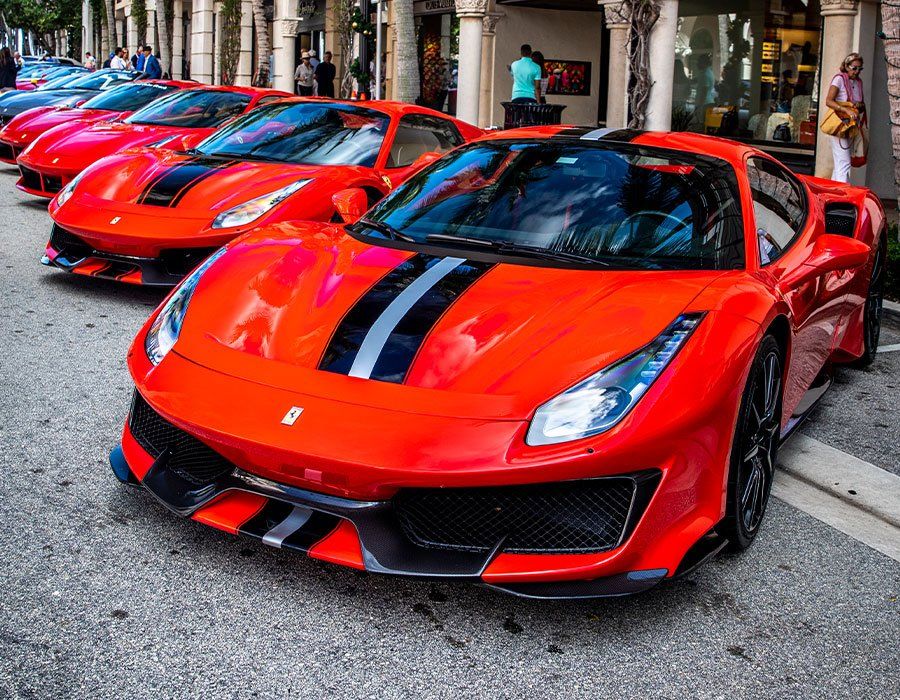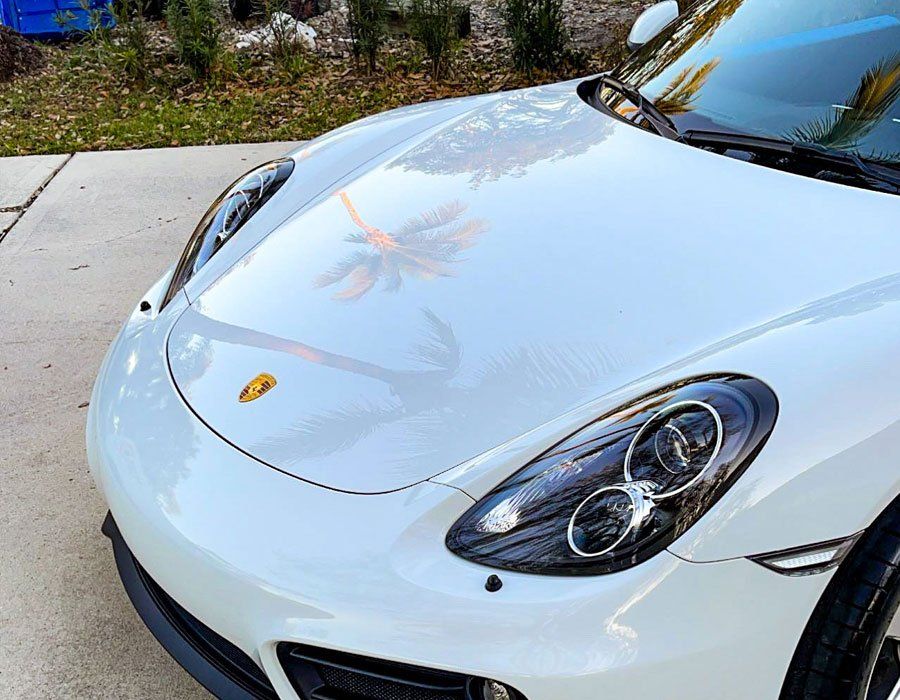Ceramic Coating vs. Wax: Which Provides Better Protection for Your Car?
When it comes to protecting your car's paint, the choice between ceramic coatings and traditional wax is more than just a matter of preference—it's a decision that can affect your vehicle's longevity and appearance. While waxes have been a staple in car care for decades, offering an easily applicable glossy sheen, the advent of ceramic coatings promises a longer-lasting shield.
Ceramic coating provides superior protection compared to traditional car wax, lasting 2–5 years with proper maintenance while resisting UV rays, chemical contaminants, and environmental damage. In contrast, wax typically lasts only 1-3 months and primarily enhances aesthetic shine rather than long-term durability.
Ceramic Coating vs. Wax: Quick Overview
One of the most significant distinctions lies in durability. Ceramic coatings are designed to endure much longer than traditional waxes, lasting anywhere from 2 to 5 years with proper maintenance. In contrast, wax typically requires reapplication every 1 to 3 months, making it a short-term solution for surface protection. For instance, if you were to apply a quality carnauba wax in January, the protective effect might wear off by April, necessitating a fresh coat for continued shine and protection from environmental elements.
This difference in longevity points directly to the strength of protection each option provides. Ceramic coatings form a hard, chemical bond with the paintwork, allowing for exceptional resistance against UV rays, chemical stains, and environmental contaminants. On the other hand, while wax does enhance the vehicle's appearance with a beautiful gloss, it's not equipped to withstand harsh conditions like its ceramic counterpart. Think of wax as a shiny façade that can degrade through exposure to sun damage or acid rain, compared to the enduring strength that a ceramic coat offers against those same elements.
When you consider ease of application, wax has a clear advantage. Wax products often come in simple paste or spray forms that can be applied quickly at home without special tools or training. However, achieving that long-term protection with ceramic coatings requires more specialized knowledge and skill—often best left to professionals. So while applying wax may feel less daunting and immediate, the payoff in longevity and protection of ceramic coatings is something to contemplate seriously.
Additionally, if we focus on cost considerations, it’s important to weigh not just the initial investment but also the long-term value. The upfront cost for professional application of ceramic coatings can range significantly—from $1000 up to $2,500—but when you factor in how long their protective qualities last compared to continuously purchasing and applying wax over those same years, ceramic coatings start to make financial sense. Assessing these factors provides a clear outlook on how each option meets different scenarios and preferences.
Durability and Longevity Comparison
When it comes to durability, ceramic coatings undeniably take the lead over traditional waxes. Ceramic coatings can last significantly longer, providing a fortified shield for your car’s paint job. They typically endure between 2 and 5 years, especially when properly applied and well maintained. This remarkable lifespan is largely due to their robust chemical bond with the vehicle's surface. Imagine creating an impenetrable layer that actively repels dirt, grime, and even harmful UV rays; this is what ceramic coatings offer.
Conversely, the performance of wax is more fleeting. While a fresh application may look appealing initially, it usually wears down within a mere 1 to 3 months. The longevity of wax protection hinges on factors like weather conditions, washing frequency, and sunlight exposure. For instance, if you park your car under relentless sun in warmer climates, you might see the protective layer deteriorate in less than a month. A wax product simply doesn’t have the staying power to withstand such challenges. In contrast, vehicles that enjoy limited outdoor exposure—think garage dwellers or those driven only sporadically—might maintain their wax effectiveness for closer to three months.
However, this is still a world apart from the steadfastness offered by ceramic coatings, which continue delivering reliable protection throughout their lifespan without the need for constant re-application. This stark difference in longevity not only impacts maintenance frequency but also has financial implications. With waxing requiring regular touch-ups and reapplications potentially costing you a considerable amount over time, choosing a durable solution like ceramic coating becomes economically sensible in the long run.
Protective Qualities of Ceramic Coating
- Chemicals: The battle against harsh environmental contaminants is one of the most compelling reasons to choose ceramic coatings over wax. These coatings create a formidable shield against acidic substances such as bird droppings, insect residue, tree sap, and road salt—substances that can be particularly detrimental to your vehicle's finish. Chemicals and pollutants tend to degrade wax quickly, making regular reapplication necessary. In contrast, many users have reported significant improvements in their vehicles’ resistance to water spots and etching once they switch to ceramic coatings. The robust nature of these coatings means they maintain their integrity longer, even when exposed to some of nature's toughest elements.
- UV Rays: UV rays represent another threat to your car's exterior that both ceramic coatings and wax aim to fend off. While both options provide some level of UV protection, ceramic coatings shine here with their superior capacity for blocking harmful rays effectively. The technology behind ceramic coatings includes UV inhibitors that not only protect but also dramatically reduce the chances of oxidation and fading over time—a common issue for vehicles left vulnerable under direct sunlight. Wax can offer temporary respite but tends to wear off quicker under prolonged exposure. This hierarchical dimension of protection ensures that your car’s paint remains vibrant and intact for much longer when treated with ceramic coating.
As you evaluate the strengths of each option regarding protection, it's essential to also consider how they impact the look of your vehicle.
Visual Appeal and Finish
- Shine and Gloss: When it comes to enhancing the visual aspect of your vehicle, carnauba wax shines as a favorite among enthusiasts. Its ability to deliver a deep, rich luster is remarkable—the finish it creates can make the paint appear as if it's glistening under sunlight. This "wet" look not only captivates but also highlights the craftsmanship of the car, emphasizing its curves and contours in ways that other products simply cannot achieve. Many classic car collectors swear by this method, routinely applying wax before showcasing their prized vehicles at events or car shows.
- Coating's Sleek Appearance:
Ceramic coatings boast a deeper, more resilient shine than traditional waxes. This advanced technology forms a strong bond with the vehicle's paint, creating a glossy finish that enhances the car's color and depth. Unlike wax, which can wear off over time, ceramic coatings provide long-lasting protection and shine, often lasting for years with proper maintenance. Additionally, your car maintains a well-kept appearance without requiring constant upkeep.
Cost Analysis: Initial and Long-Term
Cost can often be the deciding factor for many car owners when considering paint protection options. Let’s begin by examining the initial costs of these two popular methods: ceramic coatings and wax.
The price for ceramic coatings can vary widely, from around $100 for DIY kits up to $1,000 or more for professional application services. In contrast, a simple wax application may only set you back between $20 and $100, but its longevity pales in comparison. The long-term value is in favor of ceramic coatings. While the upfront cost may seem daunting—especially if opting for professional services—the extended lifespan should be factored into your overall cost analysis. For instance, a professional ceramic coating not only protects your vehicle for five to ten years but also saves you from the hassle and expense of regular waxing.
To illustrate this further, consider the long-term costs associated with wax application. Over time, the cost of frequently reapplying wax can add up significantly. If you find yourself waxing your car four times a year at an average cost of about $50 each time, you'd be looking at around $200 annually. In stark contrast, while the upfront expense of a ceramic coating might be higher, the infrequent need for reapplication makes it more cost-effective over years. This means fewer frequent trips to the detailer and more savings in your pocket.
Many car enthusiasts have shared their sentiments regarding professional ceramic coating—often describing it as worth every penny spent. Not only do they appreciate how their vehicles look glistening under sunlight, but they also enjoy substantial savings on car detailing over time. It becomes not just an investment in aesthetics but also a practical choice when evaluating long-term upkeep costs against persistent waxing expenses.
Ultimately, whether you opt for a budget-friendly waxing solution or take the plunge into ceramic coatings will largely depend on your expectations and how much effort you wish to invest in maintaining your vehicle's exterior over time. While both provide protection, ceramic coatings stand out as a longer-lasting investment that minimizes upkeep costs in the long run.
Quality Ceramic Coating Service in Fort Lauderdale, FL
Transform your vehicle with Detail Geeks’ quality ceramic coating service in Fort Lauderdale, FL. Our team of skilled professionals uses top-of-the-line products to provide unmatched protection and a stunning finish that lasts. Experience the difference of superior ceramic coating that guards against environmental damage and enhances your car’s appearance. Schedule your appointment today and see why Detail Geeks is the trusted choice for vehicle care in Fort Lauderdale. Call us at (305) 896-2430 to get started!
Detail Geeks Blog
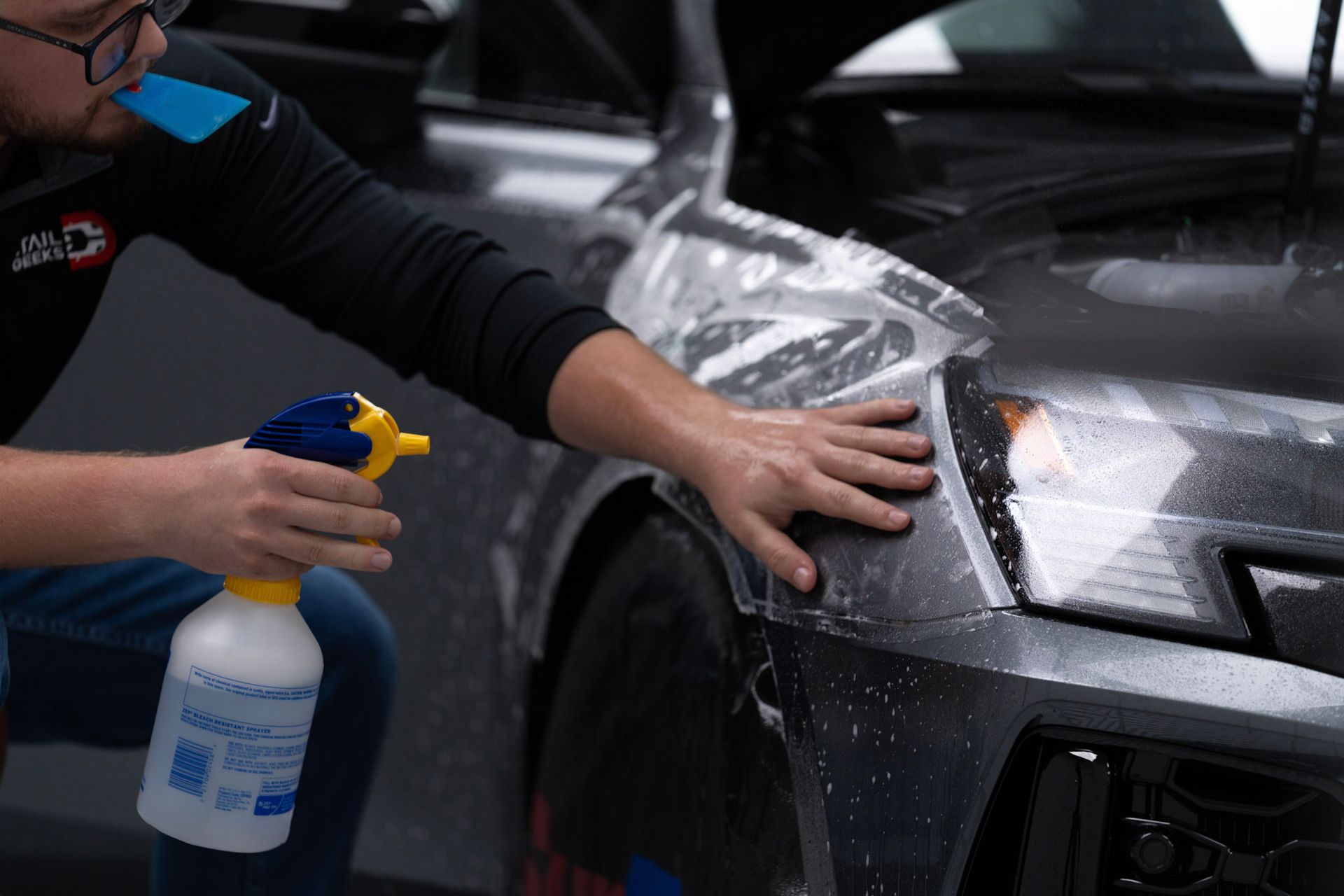
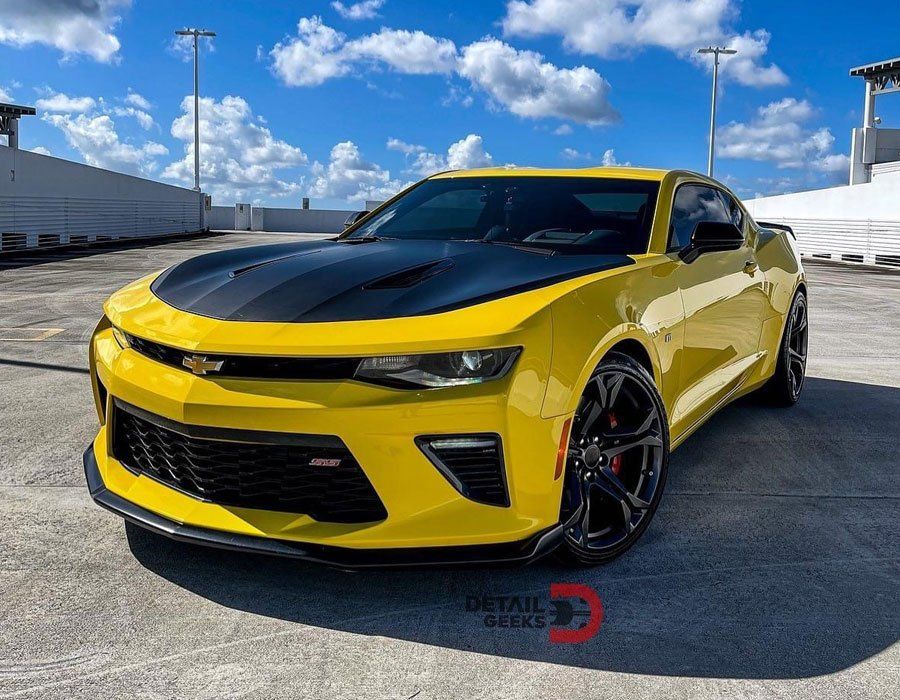
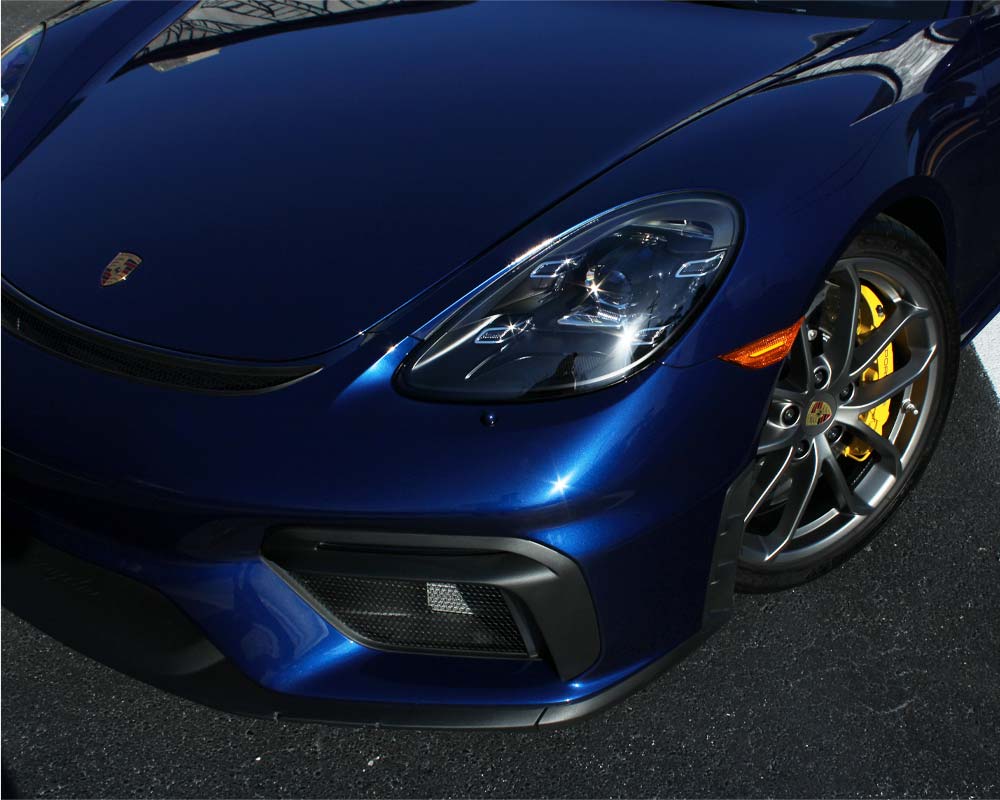
Detail Geeks is a fully-licensed and highly professional automotive and marine detailing shop based in Fort Lauderdale, Florida. We work tirelessly to bring paint perfection, restorative surface corrections, and complete sanitation and decontamination of interior and exterior surfaces of cars, trucks, SUVs, and recreational water crafts like boats and jetskis. Always aiming to exceed your expectations as our valued customer is priority to us, and you can rest easy knowing your vehicle is always in good hands.
Quick Links
Our Location
3472 NE 5th Ave, Unit 11 Oakland Park, FL 33334 United States
Connect With Us
PHONE: (305) 896-2430
EMAIL: business@detailgeeks.com
This website was designed by the team at
Detailers Roadmap, a platform developed for detailing operators across the globe.
Terms of Service
|
Privacy Policy
All Rights Reserved | 8bitcreative, LLC | Detail Geeks

